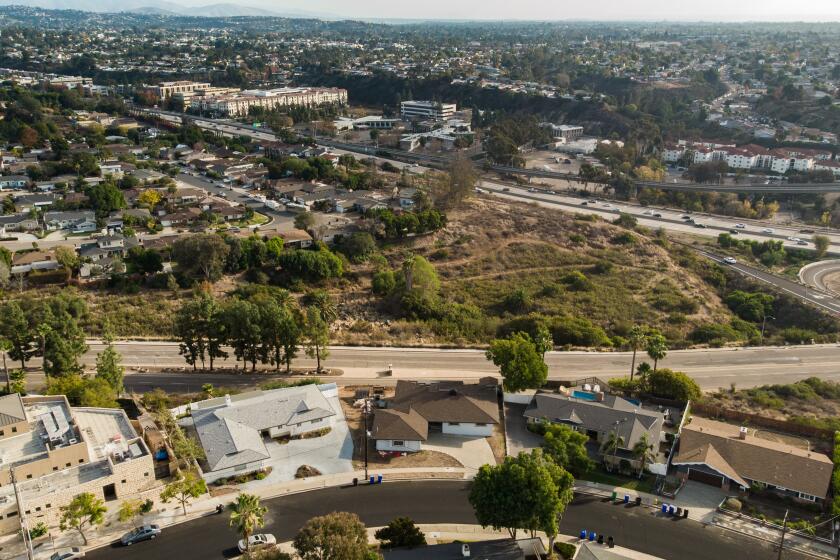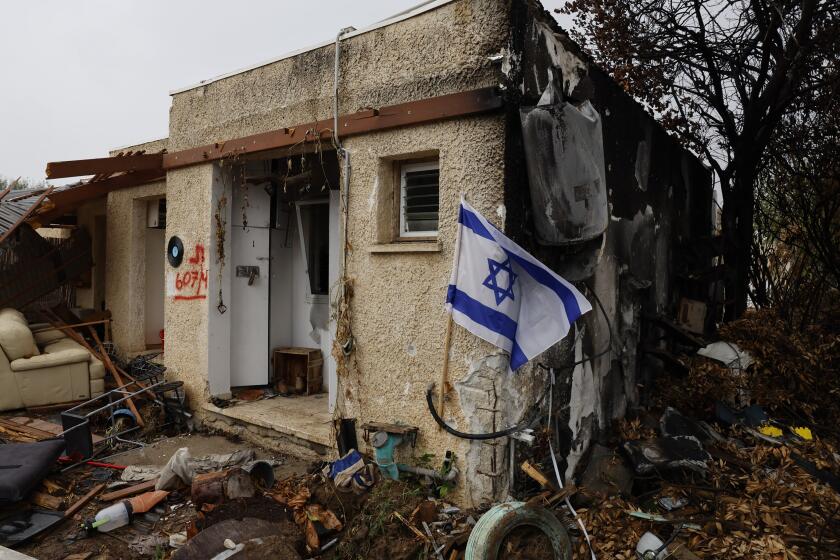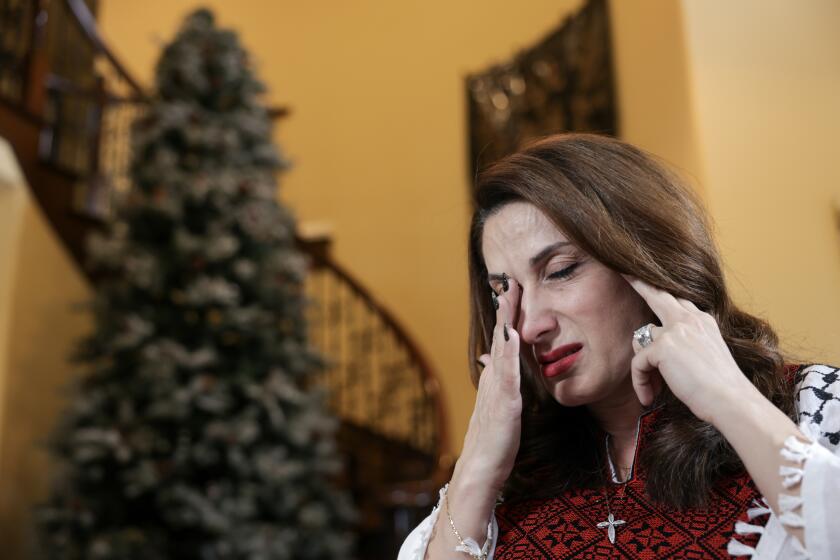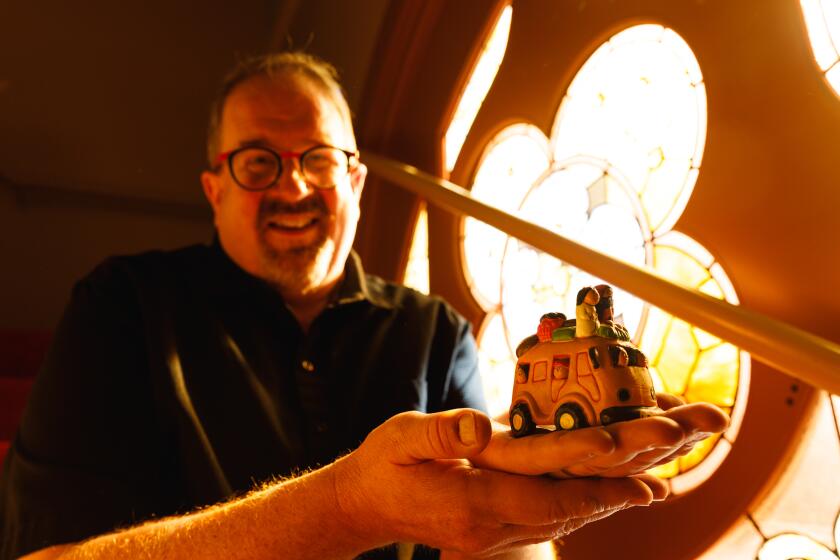Hospital chaplains steward spiritual healing for end-of-life patients and their families
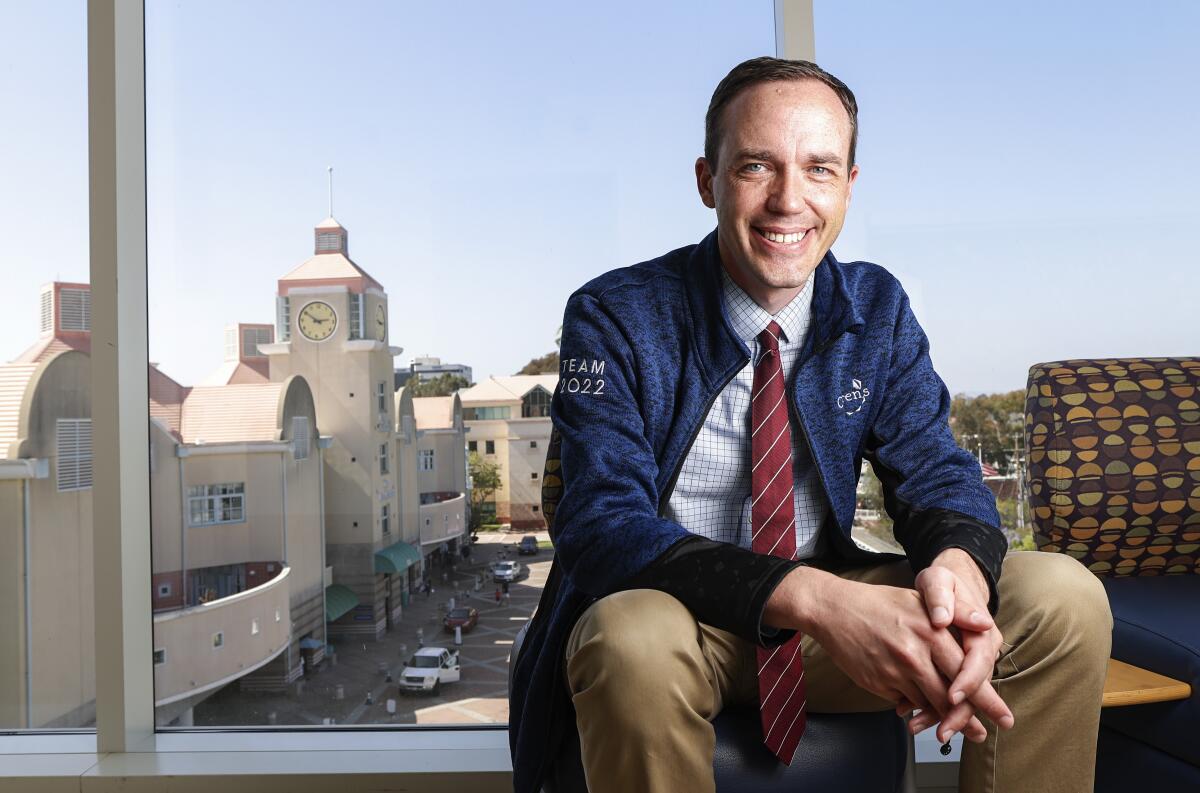
Regardless of religious affiliation, chaplains lend an ear to patients and their families, serving as counselors in healthcare settings
On his first day training as a chaplain at UC San Diego Health, Rev. Matthew Valdez was embedded with the palliative care team. His very first patient died.
Shaken by the experience, Valdez nevertheless felt inspired as he prayed with the patient’s daughter. While he previously knew little about a hospital chaplain’s role, he was convinced in that moment that he was meant for this work helping people who are sick, dying and experiencing trauma of all types.
“Being with people in crisis, in any stage of illness or crisis, speaks to me,” the Protestant minister recalls. “I am energized by helping people in tight spots.”
Valdez is one of a team of board-certified chaplains from various faith traditions staffing UC San Diego Health’s departments and facilities. The team ministers to patients, their families, and medical and administrative staff.
He and his colleagues also are representative of chaplaincy teams at hospitals and medical centers throughout the San Diego area, says Allison Kestenbaum, a certified educator and supervisor of UC San Diego Health’s Spiritual Care & Clinical Pastoral Education.
While chaplains often are integral members of hospital care teams, their role isn’t widely understood even by the hospital’s staff. Many times it’s assumed that chaplains minister only to overtly religious patients and families, but chaplains say that they are there for everyone, no matter their faith tradition — even if they have no faith whatsoever.
“Chaplains are spiritual counselors,” explains Kestenbaum, who is Jewish. She notes that the kinds of specialized pastoral care chaplains offer is taught only minimally at seminaries and religious institutions. “While all chaplains are connected to particular faith or spiritual traditions, not all clergy or religious are chaplains.
“The range of human experiences and suffering are imminent in health care,” she continues. “We are fluent in the health care system, so one of the things we do is act as interpreters — we understand the things we can offer to patients because of our longstanding experience, and we want patients and their families to have an understanding of what’s happening.”
And while patients and their families may not specifically request religious counseling, chaplains can offer them the most critical service they need — a listening ear. Chaplains provide patients and families — no matter their ages — the important opportunity to reflect on their fear of dying, their loss of dreams and expectations, and the chance to explore their spirituality, she observes.
“We are very comfortable with silence,” she notes. “That’s where the grief comes out. There aren’t a lot of places where you are celebrated for sharing your losses. We allow people to express themselves and to heal.”
Kestenbaum supervises a team of seven chaplains, four of them full-time. “Chaplains are non-anxious, non-judgmental people who have the ability to be still, especially in a place like this that’s not a still place. Chaplaincy isn’t for everyone, but these qualities can be cultivated.”
Her board-certified training program requires 1,600 hours of instruction, many of them spent working under the close supervision of chaplains.
“I’m proud and I admire how my team consults with each other when difficulties happen,” she says. “We have a culture of consultation and support.”
For the Rev. Ryan Sey, Rady Children’s Hospital’s only full-time chaplain, it’s the variety, immediacy and importance of his work that he finds particularly fulfilling.
“There’s this idea that chaplains are only for religious people,” Sey says. “We are actually here to offer spiritual support to everyone — and that support is defined as anything which helps us to derive meaning in our lives.
“For some people that may be a religion or belief in a higher power,” he continues. “For others it may be their work or what they do in the world — it can be anything. A lot of what we do is listen. We help families find meaning in what’s happening to them.”
As soon as a chaplain steps into a room, Sey says, he or she assesses what the patient and their family need, no matter their faith tradition. “We’re here for everyone,” he says. “Chaplains come from every tradition. We ask ourselves ‘how can we support this family?’
“Most days, we work in crisis intervention, trauma and in end-of-life situations,” he adds. “My friends who are church pastors think I have a difficult job. But my work is specialized and brief — once I pick up a family spiritually and send them out into the world, they return to their own faith communities where the long-term work of healing is done.”
The COVID-19 pandemic meant unrelenting end-of-life care for chaplains, including newly minted Valdez, who learned to emote while completely gowned and masked.
“I was a new chaplain at the time and challenged by the amount of death I needed to tend to on a daily basis,” he recalls. “Ongoing, we are in a new normal. We see COVID all the time, but we’ve adjusted to it.”
The pandemic, in fact, helped with his education.
“It made me a better chaplain,” he declares. “I think weathering 2020 forced me back into my church community and forced me to lean more heavily into my own spiritual practice. It can feel motivational for someone who has to offer spiritual care to so many people in so many crises.
“I cannot coast in my own spiritual practice,” he says. “I must be intentional.”
Surprisingly, chaplains have some of the lowest rates of burnout in the health-care field, says Kestenbaum.
“It has to do with our world view that helps us make sense of what we’re experiencing,” she observes. Effective chaplains are often connected to contemplative traditions and communities, and pray, meditate, or go on pilgrimages to recharge.
Kestenbaum says chaplains serve as integral members of health-care teams. They can participate in hospital rounds and counsel hospital personnel in crisis as well as serving patients and families.
At its locations in La Jolla, Encinitas, Chula Vista, and San Diego, Scripps hospital chaplains of many faiths and denominations provide a wide range of services, including care and companionship to patients in the final hours of their lives and spiritual resources, such as devotional materials or daily communion from Eucharistic ministers.
Sharp Grossmont Hospital’s chaplaincy team, too, works “to promote harmony and healing of mind, body and spirit,” its website says.
Attaining that harmony is difficult for those in crisis, but helping patients and families attain it offers immediate results, Sey notes. In parish ministry, ministers don’t always experience the immediate effects of their work.
“It may take a long time to see the fruits of your labor,” he says. “Here in the hospital, the moment I walk out of a room, I can see the benefits.
“We see right away how we’ve changed things,” he continues. “Not only do we work with a team whose members are incredibly diverse in faith tradition and cultures, beliefs and specialties, but we work hand-in-hand to support families in all facets of their healing.
“It is the thing I love best: At the end of the day, we do what is best for families and patients.”
Get Essential San Diego, weekday mornings
Get top headlines from the Union-Tribune in your inbox weekday mornings, including top news, local, sports, business, entertainment and opinion.
You may occasionally receive promotional content from the San Diego Union-Tribune.
